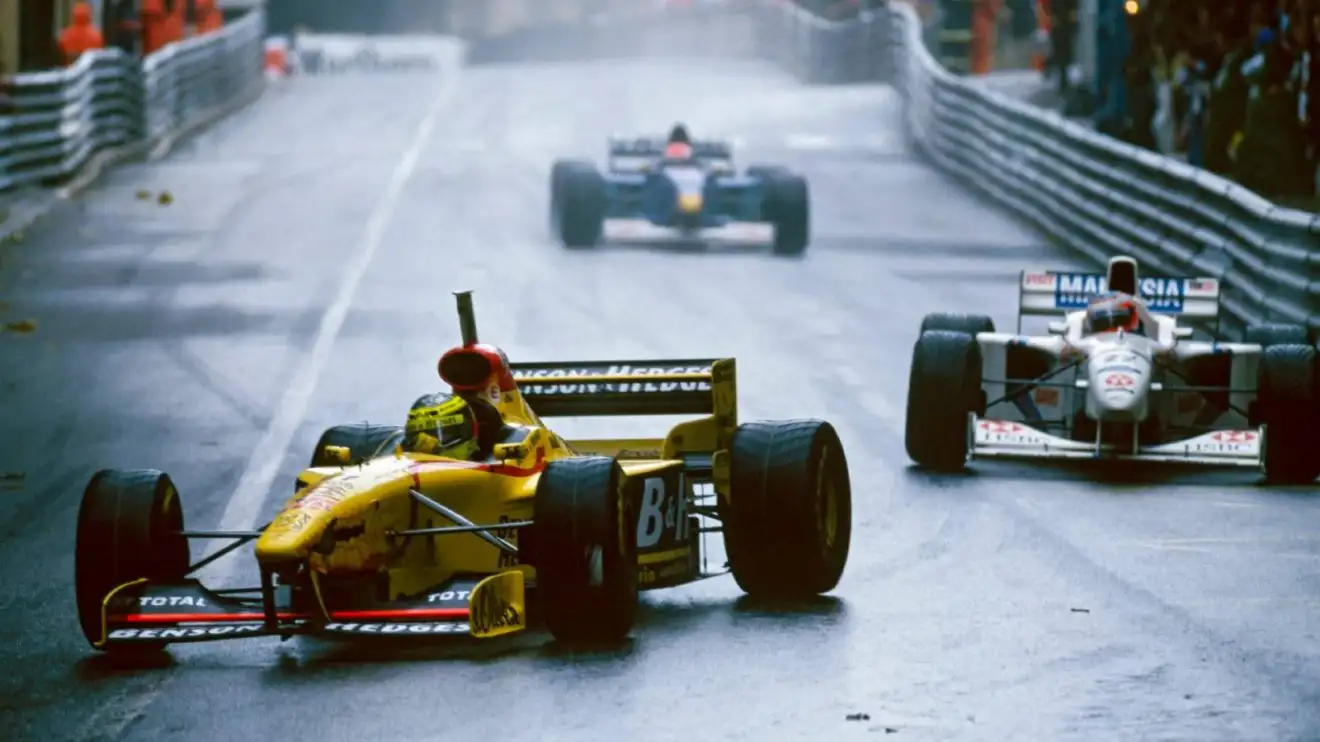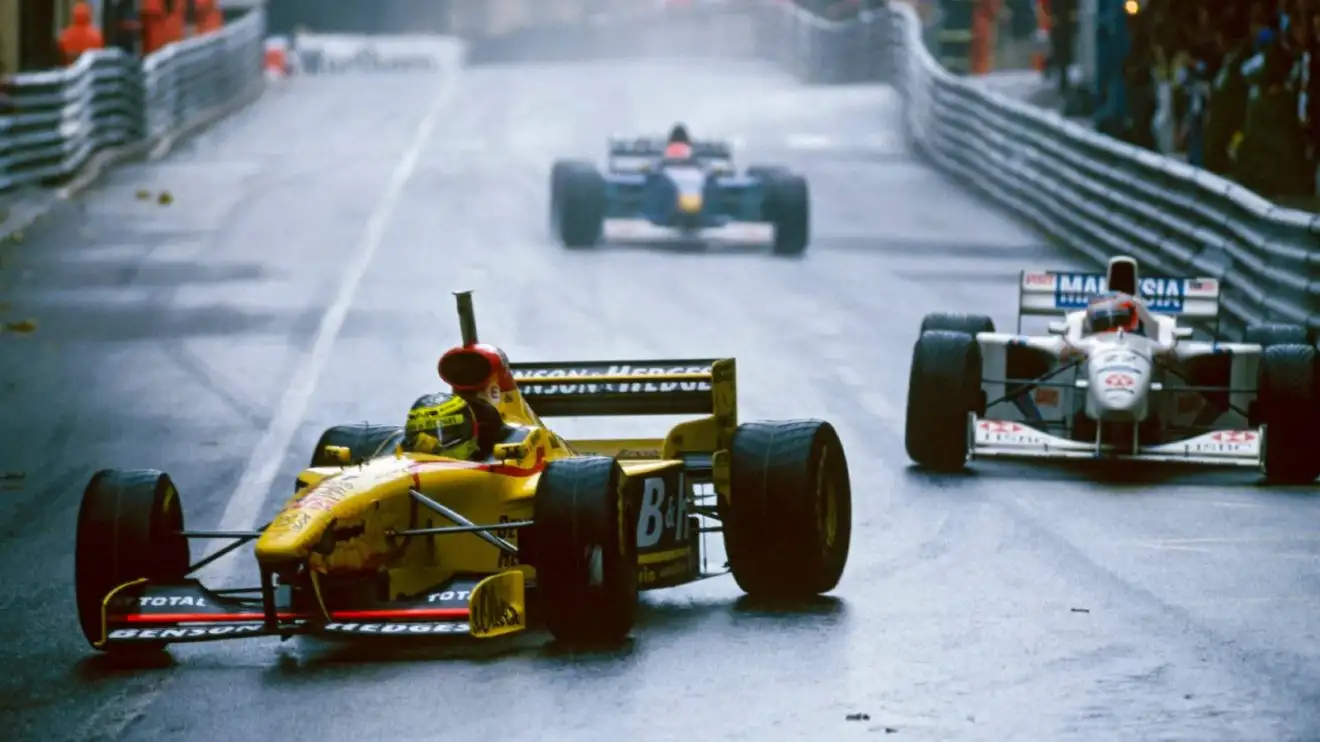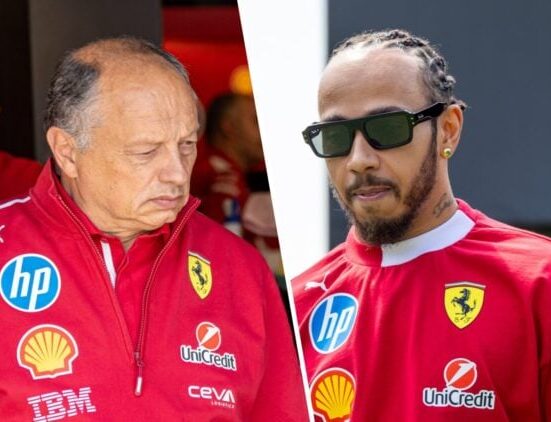F1’s historic qualifying approach deemed a ‘nightmare’ and ‘massively stupid’ by former team boss
17 Feb 2025 11:30 AM

F1 used to have a much more disposable attitude towards its engines…
Formula 1’s power unit limit is a relatively recent development in the sport’s rules, with teams once given carte blanche to use as many engines in a weekend as desired.
In 2004, the FIA introduced a rule to force drivers to use one engine per weekend with a grid penalty imposed if a team required an engine change – the first use of such a rule in modern Formula 1.
Otmar Szafnauer: FIA regulations drove more robust design
Since 2004, that rule governing a limit on the use of engines has evolved significantly. Bit by bit, the demands on engine manufacturers to create more reliable and long-lasting engines increased to the point where, heading into F1 2025, teams are required to use just four power units over the course of an entire season.
Considering how advanced and cutting-edge the current Formula 1 hybrid power units are, it’s testimony to the knowledge bases and manufacturing skills of the current crop of F1’s engine manufacturers that engine failures are now a very rare occurrence in modern F1.
But it’s not all that long ago that Formula 1 had no such limits on engine usage, circumstances which led to truly incredible feats of engineering.
For instance, during the 1980s, BMW developed the M12 engine to a point where it created around 1350bhp in qualifying – their own dynos topped out at 1200bhp, meaning an exact figure wasn’t recorded.
Through the 1990s, Formula 1’s mixture of engines included V8s, V10s, and V12s but it was the V10 configuration that became de rigeur as the most optimal design. By 1998, all the manufacturers had settled on the V10 configuration but it was to be over another half decade before the FIA began to impose usage limits on the teams.
Two veterans of this period were team boss Eddie Jordan, who ran his eponymous team from 1991 to 2004, as well as BAR’s operations director Otmar Szafnauer, who began working in F1 in 1998.
The pair discussed the topic of the far looser engine usage regulations on the Formula For Success podcast, with Szafnauer – who recently explained to PlanetF1.com how he is seeking a return to the F1 grid following his gardening leave from Alpine being completed – saying a side effect of the reliability issues was that small teams could achieve points in the early part of the season in races of high attrition.
“Especially at the beginning of the season,” he said, “if you could finish that first, second, or third race, you had a high probability of scoring points just by finishing.
“That’s changed due to FIA regulation, mainly now with engines having to last a quarter of the season and gearboxes needing to last at least five races.
“That’s driven more robust design. I remember we had qualifying engines.
“If you design to such a fine margin for performance as a qualifying engine that’s only meant to last for 12 laps, then you design differently, and you design closer to the edge.”
It was in this game of nerves that teams could easily fall foul of getting too close to the edge, meaning mid-race engine failures were all too common in the early stages of a championship.
“When you’re closer to the edge between performance and longevity, you sometimes go over and you don’t have that longevity,” he said.
“It takes you time and races to understand where that edge is, come back on the right side of it, and then be reliable.”
More on Formula 1’s engine rules
👉 Explained: What are F1’s current power unit engine rules?
👉 F1 engines: Which power unit manufacturer does each F1 team use?
Eddie Jordan: It was a massively stupid system
The disposable nature of engines – which, despite their simplicity compared to today’s – meant huge costs for the teams in order to ensure a continued supply of fresh engines were available to immediately drop into their cars.
After all, with the likes of Sunday warm-up sessions before the race itself, the prospect of a failure in such a nondescript session could jeopardise a whole weekend’s work and, for the likes of Jordan, it was obvious the system of having such fragile engines – which could fail by looking at them wrong – wasn’t the right way to go.
“The qualifying engine was a killer,” he said.
“Just to give you a little bit of an idea, you’d start the morning warm-up on the Friday or the Thursday with the engine that you’d finish the race with, and then that will be pitched out because, on the Friday, there used to be qualifying in those days, and you put in a qualifying engine – a good engine, or maybe even the race engine that you were thinking of using in the race just for that session.
“That engine then came out, and then the old engine went back in for the early morning warm-up on the Saturday, and then the real out-and-out qualifier engine… it was designed and made and created with pistons and rings and stuff so light and so tiny that it was geared maybe for 10 or 11 laps.
“You would never be surprised if it blew up on the stand, because that’s the way it was – just fire it up and hope to be gentle and kind to it and say prayers to it because you needed it to go on the track. They were very fickle.
“It was a massively stupid system because of the cost involved. Then the race engine that you would use, would again get used for the morning warm-up at the next race.
“It was a nightmare. The mechanics used to change the engine in about 25 or 30 minutes. That’s pulling the gearbox on, dry brakes, and dry systems!”
Read Next: First driver falls victim to FIA controversial ban on foul language
Eddie Jordan
Otmar Szafnauer










Leave feedback about this